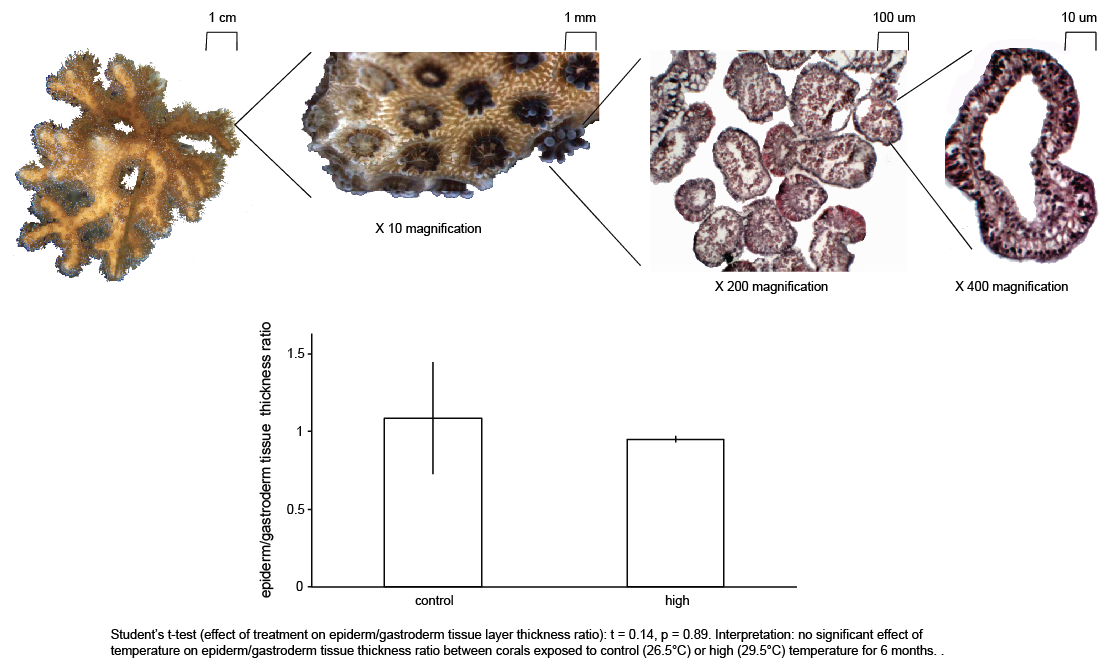Over 90% of the volume of coral gastrodermal cells is occupied by dino-flagellates; this creates quite the osmoregulatory dilemma. How do such dual-compartmental cells osmoregulate? My Ph.D. supervisor, the late Dr. Ruth Gates, and I asked this question in 2007, though to date little progress has been made on this topic, likely due to the difficulties in conducting basic cellular biology with endo-symbiotic organisms. This passion project of mine has stagnated over the last few years, but I am still very interested in it and hope to be able to dedicate more time to it in the future, perhaps using the state of the art microscopy facility of Dr. Vadim Backman at Northwestern University (in vivo, label-free, live cell microscopy at nano-scale resolution). After all, osmoregulation is the most expensive activity in which a cell partakes, meaning it is surely to be important in our understanding of coral health (and thereby coral diagnostics). If you are interested in the fundamental cell biology of coral-dinoflagellate endosymbioses, please email me!
Courtesy of Dr. Paola Rodriguez (Universidad de Guadalajara)
Scanning electron micrograph







